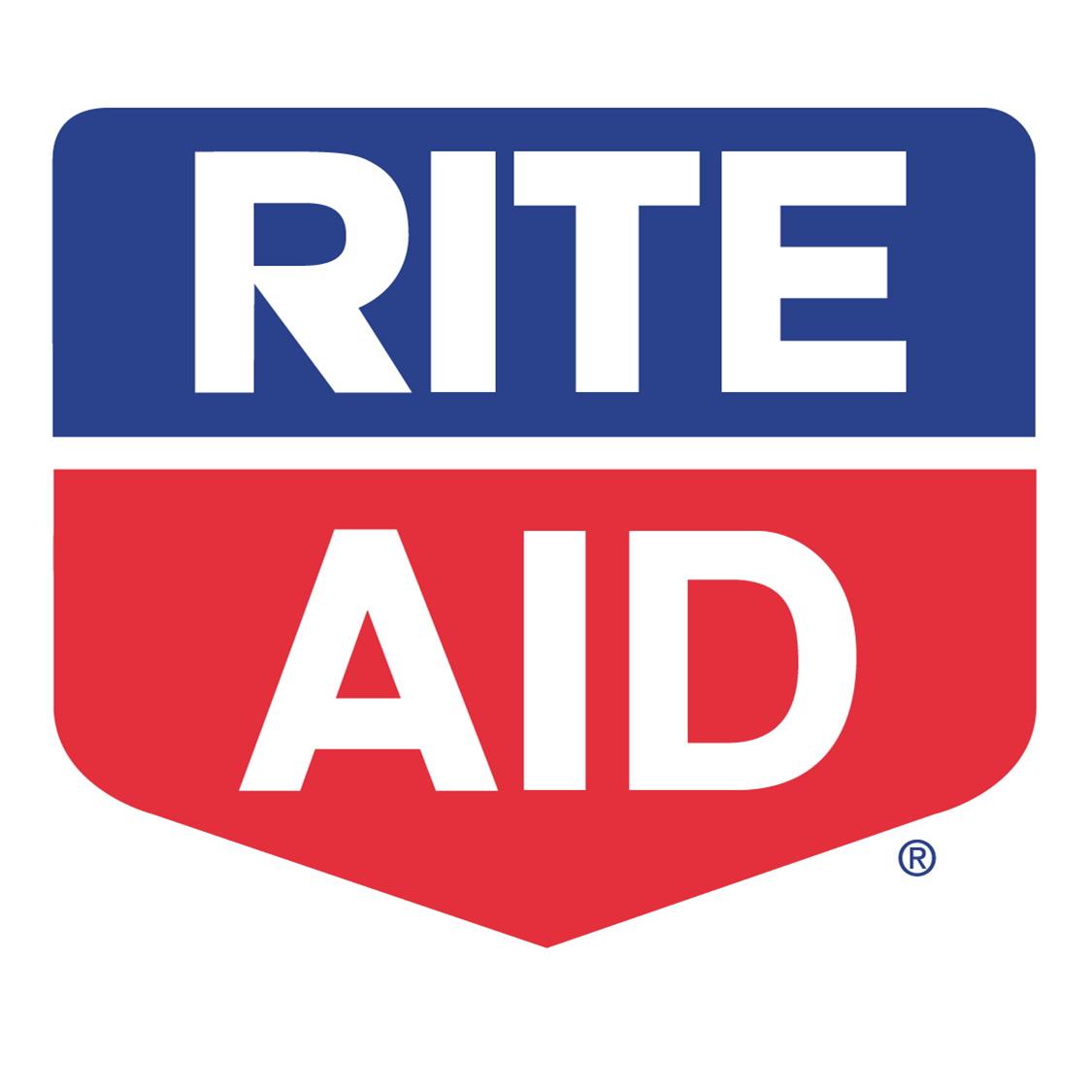Rite Aid Corp. (NYSE: RAD) has had one amazing recovery in its turnaround. There is an old-school $5.00 share price mark that many mutual funds and institutional investors (as well as margin investors) had. The goal was to keep funds from investing in penny stocks and stocks that might implode. We think that the old rule of thumb is ancient and largely has been worked around, if fund managers ever had conviction, but we still wanted to see if there is a reason that new institutional investors might want to take a look at Rite Aid now that its shares are back over $5.00.
24/7 Wall St. is looking at the present valuations of Rite Aid versus Walgreen Co. (NYSE: WAG) and CVS Caremark Corp. (NYSE: CVS). We would be quick to point that most hedge funds and many exchange traded fund and other index managers do not have any $5.00 rule regarding their investment parameters.
What investors need to know is that Rite Aid shares have rallied close to 300% from the lows of the last year and are up more than 200% year to date. The last time that Rite Aid shares were at $5 was back before the recession in 2007, and the stock has not traded at or above $10 since the year 2000.
Walgreen Co. (NYSE: WAG) has a market cap of $52.5 billion and trades at almost 18 times current year earnings. It also trades at about 0.7 times current year sales. CVS Caremark Corp. (NYSE: CVS) is worth some $71 billion in market cap. It trades at about 14.5 times expected 2013 earnings and at only about 0.56 times expected sales.
For Rite Aid, Thomson Reuters has a consensus of $25.3 billion in this year’s sales and $25.6 billion in next year’s sales. With a $4.56 billion market cap, that means that Rite Aid trades at only about 0.18 times revenue. It also trades at about 22 times expected earnings for the current year and about 17 times next year’s expected earnings.
What has happened is that Rite Aid is now back in profitability. The company is still leveraged in debt. CVS has a higher debt load than Walgreen, while Rite Aid’s balance sheet still is carried as a negative at -$2.35 billion in total shareholder equity and -$2.8 billion in net tangible assets, because it carries such a high debt burden still.
Institutional investors running basic screens will now have a more clear path to invest in Rite Aid shares if they wish. The problem is that these institutions already have missed a run up if they only now are zeroing in because of the $5.00 rule. Rite Aid is still cheap compared to peers on revenue metrics, but some serious caveats still exist.
Are You Still Paying With a Debit Card?
The average American spends $17,274 on debit cards a year, and it’s a HUGE mistake. First, debit cards don’t have the same fraud protections as credit cards. Once your money is gone, it’s gone. But more importantly you can actually get something back from this spending every time you swipe.
Issuers are handing out wild bonuses right now. With some you can earn up to 5% back on every purchase. That’s like getting a 5% discount on everything you buy!
Our top pick is kind of hard to imagine. Not only does it pay up to 5% back, it also includes a $200 cash back reward in the first six months, a 0% intro APR, and…. $0 annual fee. It’s quite literally free money for any one that uses a card regularly. Click here to learn more!
Flywheel Publishing has partnered with CardRatings to provide coverage of credit card products. Flywheel Publishing and CardRatings may receive a commission from card issuers.
Thank you for reading! Have some feedback for us?
Contact the 24/7 Wall St. editorial team.





